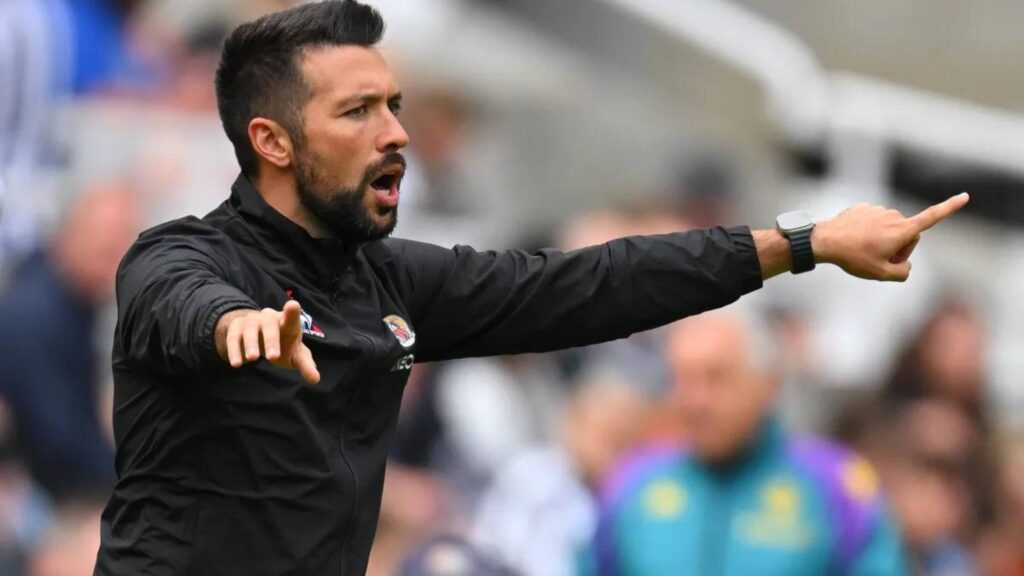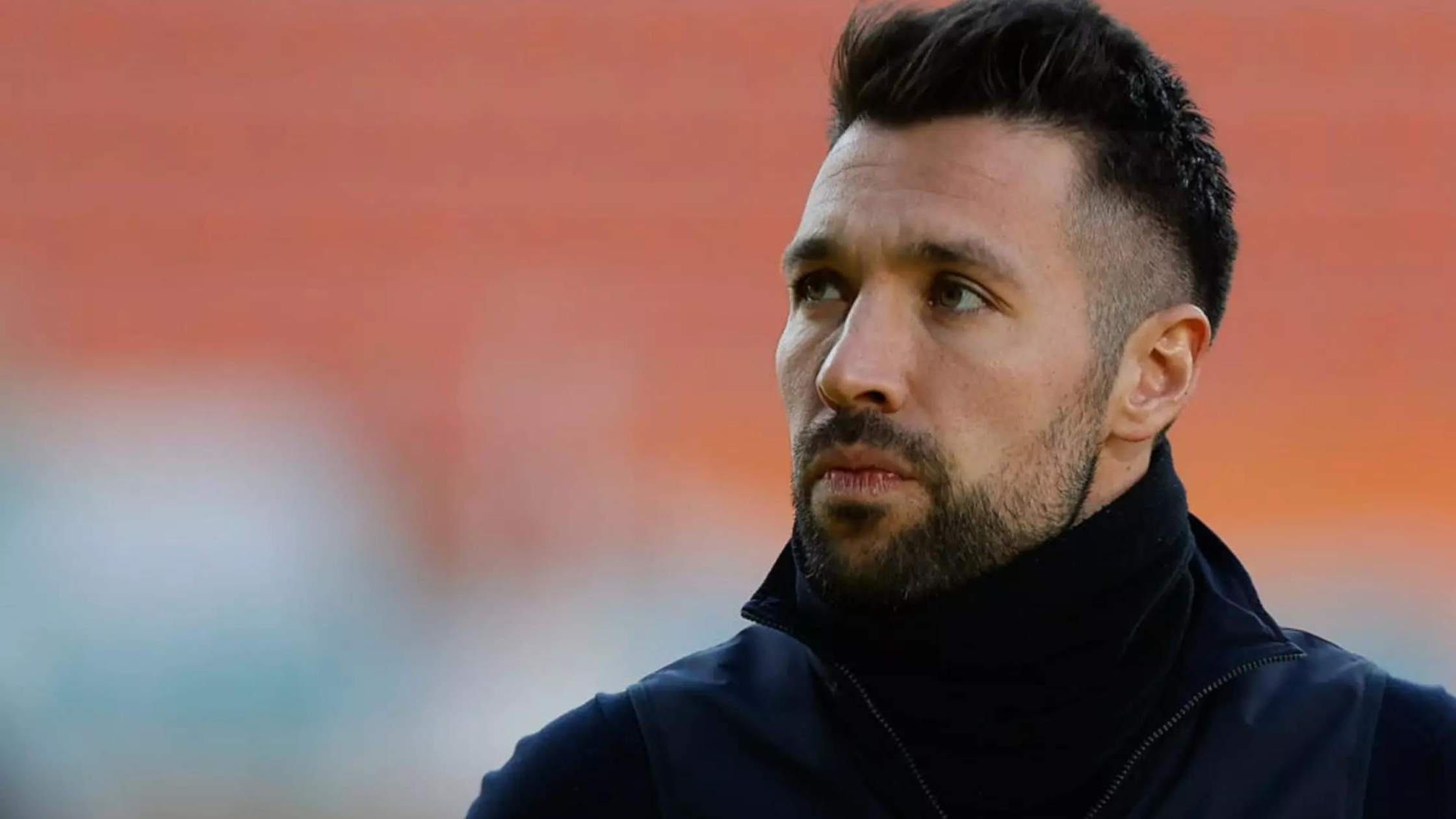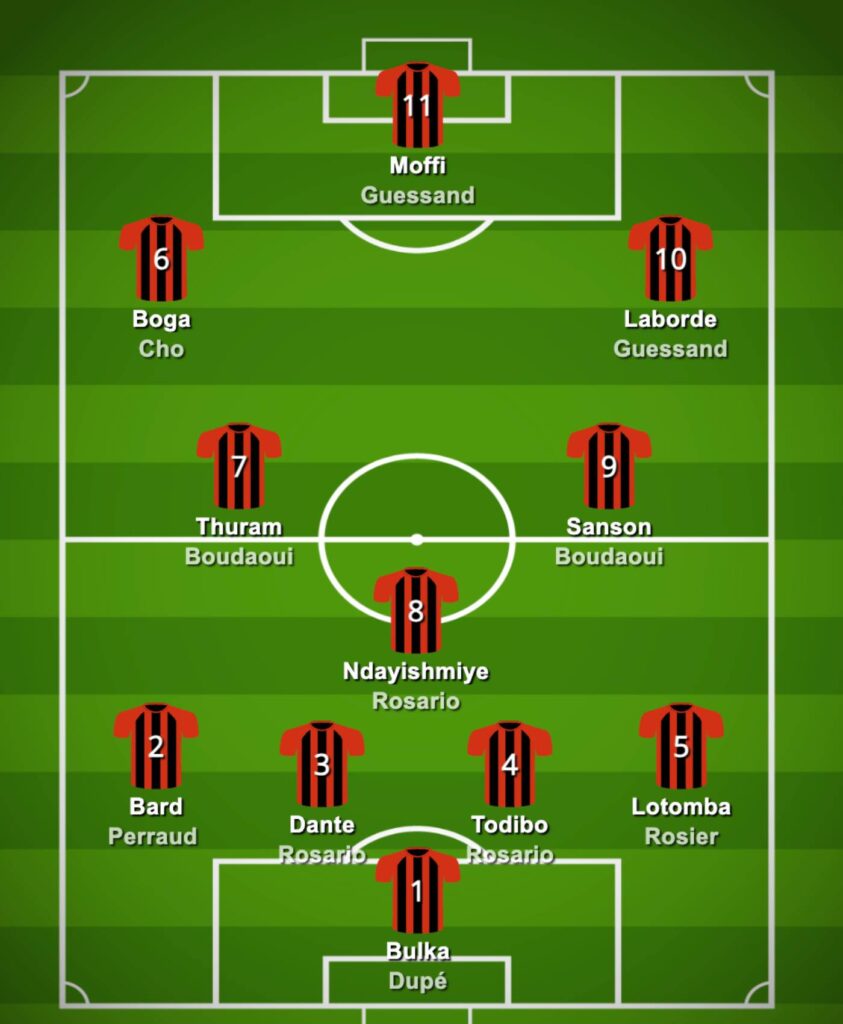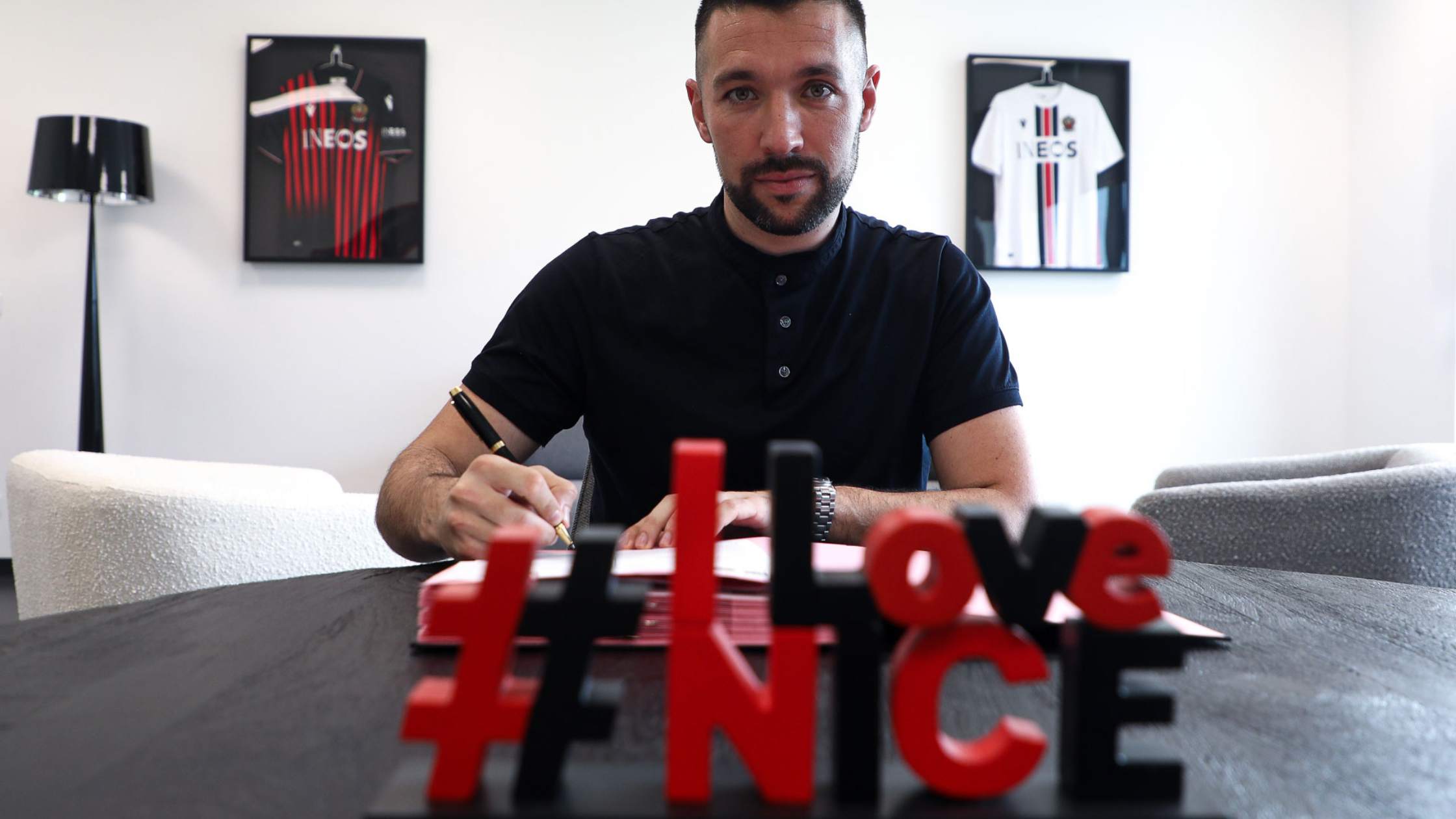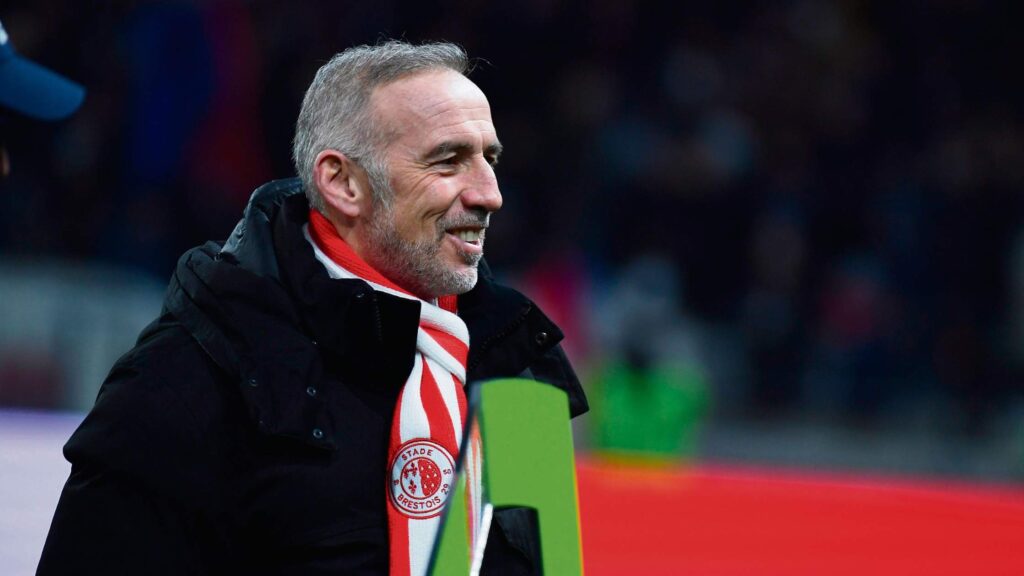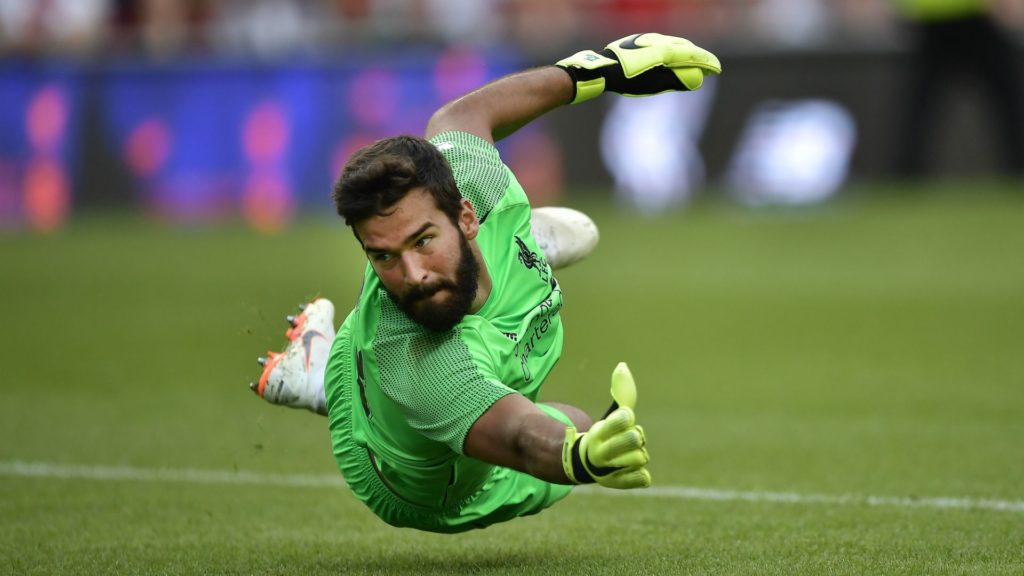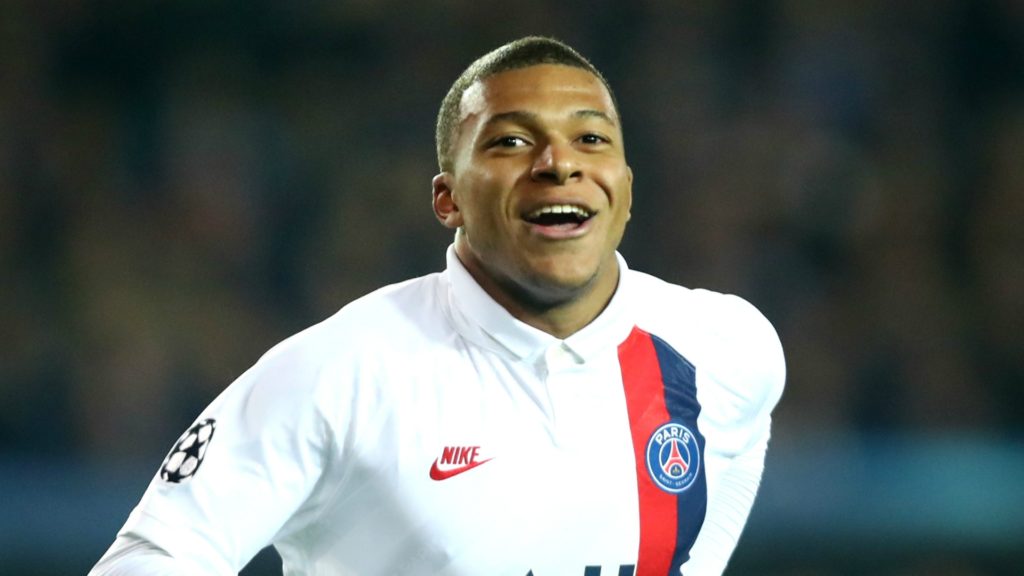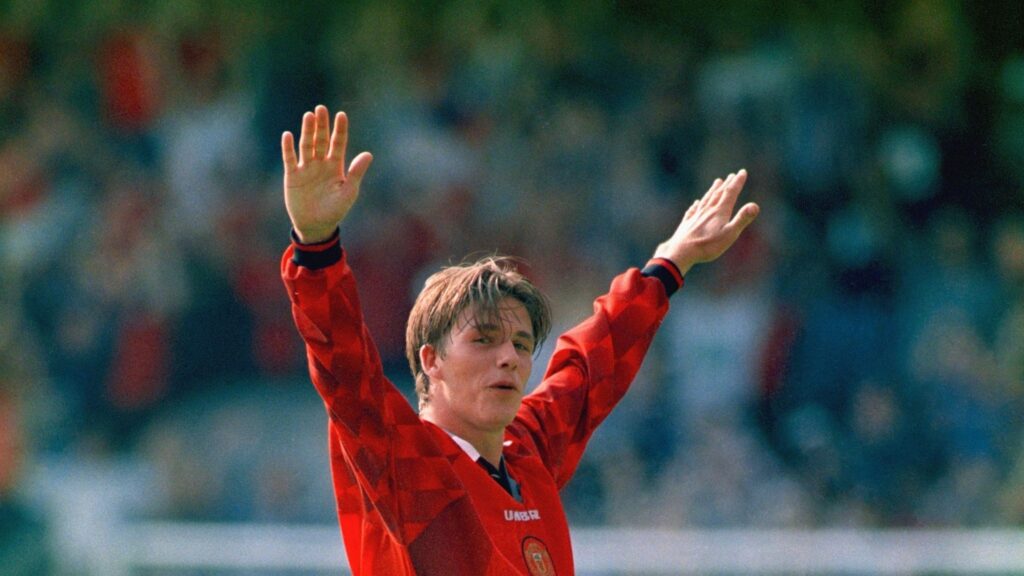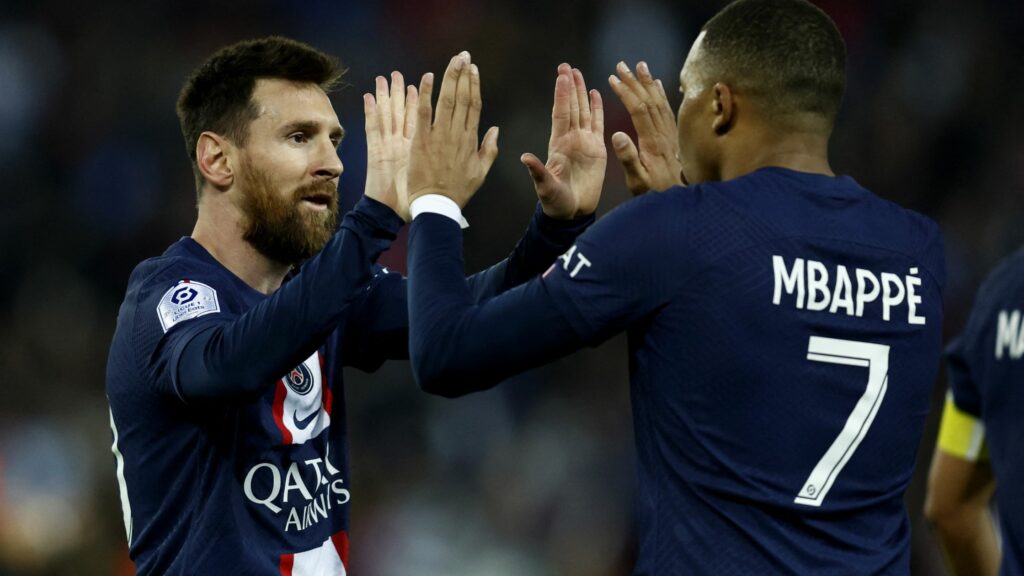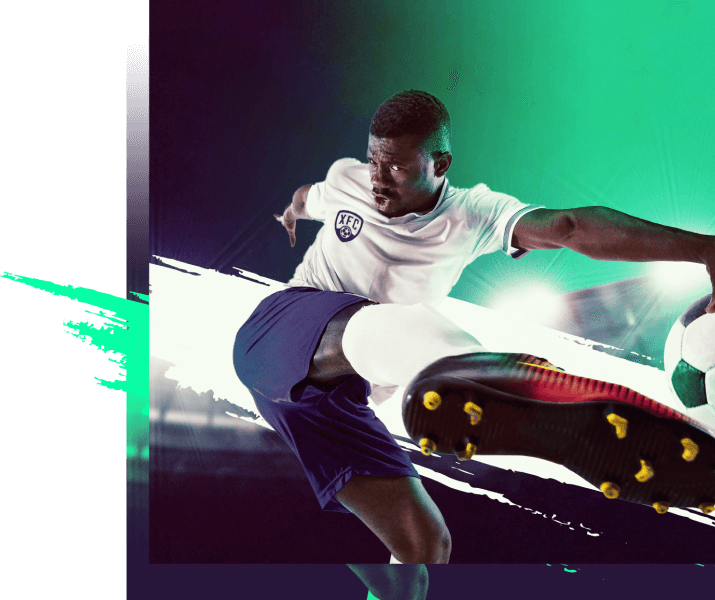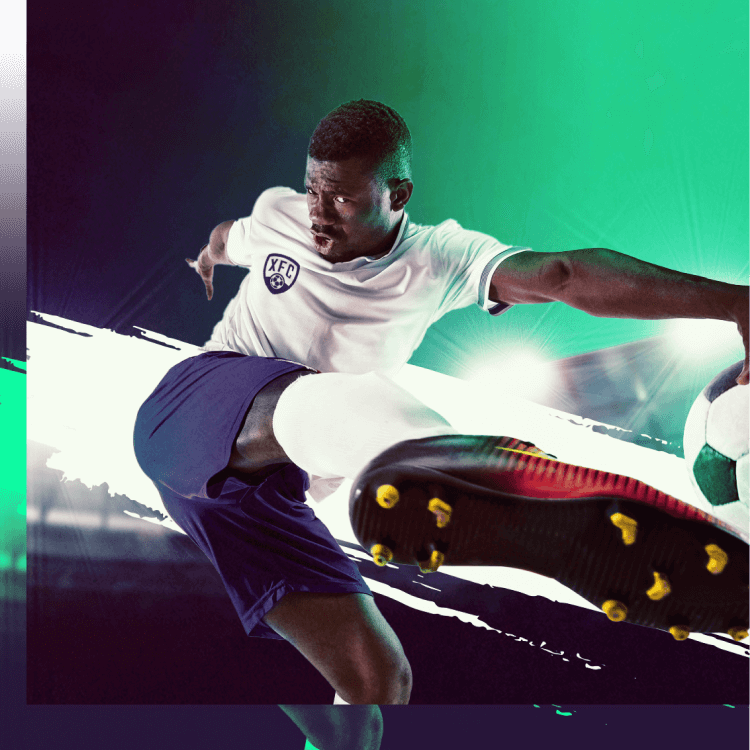Francesco Farioli is the latest “laptop coach” to rocket OGC Nice to the top and garner the attention of Europe’s top clubs. Using his tactics, OGC Nice has become one of the best teams in Ligue 1 last season. And many think that this could just be the start.
This is the reason why today I am looking at the tactics of young upstart Francesco Farioli and zooming in on the reasons for all the hype surrounding him.
Francesco Farioli’s Career Prior to Joining OGC Nice
Francesco Farioli is a very young manager. He has needed only less than three years to make a name for himself. Farioli has no playing experience whatsoever. He is what Jose Mourinho might have called “a laptop manager.” This has, however, not hindered his success at all.
Farioli was always a bright guy. He studied philosophy and later transitioned toward sports science. This led to him receiving jobs as a goalkeeper coach for various clubs, most notably Lucchese.
His big break came in 2017 when he joined Roberto de Zerbi’s staff. Farioli moved into management in 2021 and was heavily influenced by his former mentor. He managed Fatih Karagümrük first and Alanyaspor for two seasons.
He was appointed manager of OGC Nice in 2023. This came as a surprise to many but has proven to have been a wise choice made by the INEOS group, owners of clubs like Nice and, shortly, Manchester United.
Football Philosophy
Francesco Farioli, recently placed at the helm of OGC Nice, is revolutionizing Ligue 1 with a tactical masterclass that’s all finesse and forward-thinking. A protégé of Roberto De Zerbi, Farioli’s playbook is a chess game of possession, where the ball isn’t just held but wielded to slice through defences. His 2-3-2 defensive setup is innovative. It allows experienced defenders Dante and Todibo to start attacks from behind. This showcases Farioli’s principle of control possession in order to create goal-scoring threats.
Farioli’s Nice excels when it comes to space manipulation and high-press prowess, blending brains with brawn to lock down the league’s best defensive record halfway into 23/24. The ethos is clear – attack with precision, defend with smarts, all while playing stylish football
Players like Sanson and Ndayishimiye are Farioli’s on-field generals. They orchestrate plays that transform defence into attack in a heartbeat. In Farioli’s world, football is not just about scoring; it’s about outsmarting with a brand of football that’s as captivating as it is effective.
Formations and adaptability
In the tactical theatre of Ligue 1, Francesco Farioli’s Nice is a chameleon, morphing with a fluidity that confounds opponents and delights the purists. Farioli, a maestro of adaptability, has engineered a side that’s as versatile as it is vibrant, employing a 4-3-3 formation that’s both a foundation and a feint.
This structure sees Nice’s backline and midfield weave a web of passes, creating overloads that unlock defences with surgical precision. The central duo of Dante and Todibo isn’t just defending; they’re the architects of attacks. As with most modern managers, build-up always starts from the back.
But Farioli’s Nice doesn’t just stick to one script. The team adapts, shifts, and transforms, showcasing a tactical flexibility that’s rare in the modern game. The key players, like Sanson and Ndayishimiye, act as pivot points, facilitating shifts from defence to attack. This tactical fluidity makes OGC Nice remarkably unpredictable.
OGC Nice in defence
Under Francesco Farioli, OGC Nice’s defence has become notably strong and savvy. Farioli has introduced a system where defending is not just about stopping goals but also about starting attacks. His strategy focuses on high pressing, where OGC Nice players challenge opponents early, trying to win the ball back as soon as they lose it. This method doesn’t just rely on physical effort but also on understanding when and where to apply pressure. It’s not dissimilar to Jurgen Klopp‘s famous gegenpressing.
Nice’s defensive success is also built on organization. When they don’t have the ball, the team forms a tight, coordinated unit that’s hard to break down. They make the playing field smaller for their opponents, reducing the spaces where attackers can operate. Central to this is the role of the goalkeeper and central defenders, who are not just stoppers but key players in moving the ball out from the back safely.
How Nice Build-Up
Francesco Farioli has instilled a clear and effective way of moving the ball at OGC Nice, emphasizing control and creativity. The build-up play starts from the back, with the goalkeeper and central defenders playing a pivotal role. They don’t just kick the ball away under pressure. They look for smart, short passes to maintain possession and start the attack from a position of strength.
In Farioli’s system, the midfielders drop back or move to the sides to offer passing options, ensuring that there’s always a way to progress the ball forward. This approach is about patience and looking for the right moment to advance. Nice’s players are encouraged to keep the ball moving, finding spaces and pulling opponents out of position to create openings.
The emphasis on short passing and keeping possession doesn’t mean they’re afraid to go long if the situation calls for it, but it’s about making intelligent choices with the ball, showcasing a blend of tactical discipline and the freedom to innovate within the framework Farioli has set.
OGC Nice in Attack
Francesco Farioli’s approach to attacking play at OGC Nice is marked by creativity and precision. Under his guidance, Nice focuses on controlling the game through possession, but this control is always aimed at creating scoring opportunities. The attack starts with the team spreading out to use the full width of the pitch, stretching the opposition’s defence and creating spaces to exploit.
The players are versatile and capable of switching positions and roles fluidly, making it hard for defenders to predict their next move. The midfielders, especially, play a crucial role, linking up play and providing support to the forwards. They look for quick passes that can break the lines and set up chances. In the final third, Nice’s players are encouraged to be bold and inventive, with wingers and full-backs pushing up to add numbers and create overlaps.
Farioli’s Nice is adept at finding different ways to score, whether through intricate passing sequences leading to shots from inside the box or utilizing the pace and dribbling skills of their attackers to challenge defenders one-on-one. This multi-faceted approach makes Nice’s attack dynamic and unpredictable, reflecting Farioli’s philosophy of using intelligent, aggressive play to keep the opposition on their back foot.
What next for Francesco Farioli?
At present, OGC Nice are second in Ligue 1, just behind Paris Saint-Germain. Earning a Champions League spot would be a tremendous achievement.
Given his success, as well as the fact that the new part-owners of Manchester United also own the French club, there has been speculation that Farioli could replace Erik Ten Hag at the end of this season.
Regardless of whether this happens, what is clear is that modern football has another potential great football manager in its ranks.
